Cometary nuclei are composed of an amalgamation of rock, dust, water ice, and frozen gases such as carbon dioxide, carbon monoxide, methane, and ammonia.Dangerous Close Cometary Encounters occur when:
As such, they are popularly described as "dirty snowballs" after Fred Whipple's model.
However, some comets may have a higher dust content, leading them to be called "icy dirtballs".
https://en.wikipedia.org/wiki/Comet
a) Comets collide with the Earth.
b) Comets pass directly between the Earth and the Sun.
In the second case the alignment exposes the Earth to a potential Cometary Double-Tap whereby:
1) The "gas tail" of the Comet is delivered directly into the Earth's upper atmosphere.
2) The "dust tail" of the Comet side-swipes the Earth with a debris train.
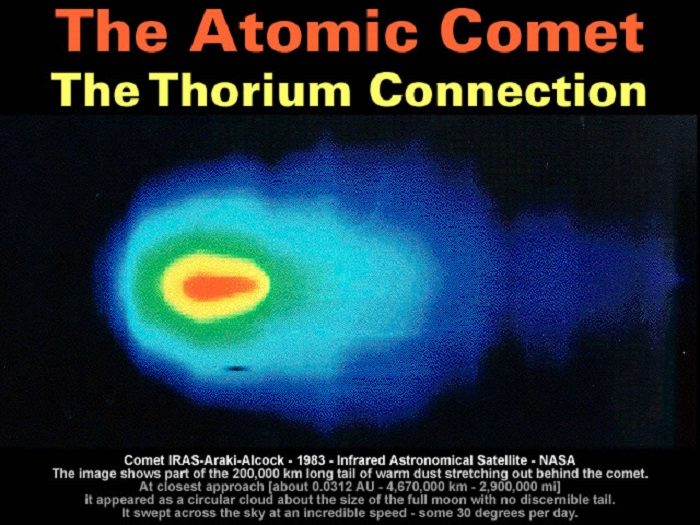
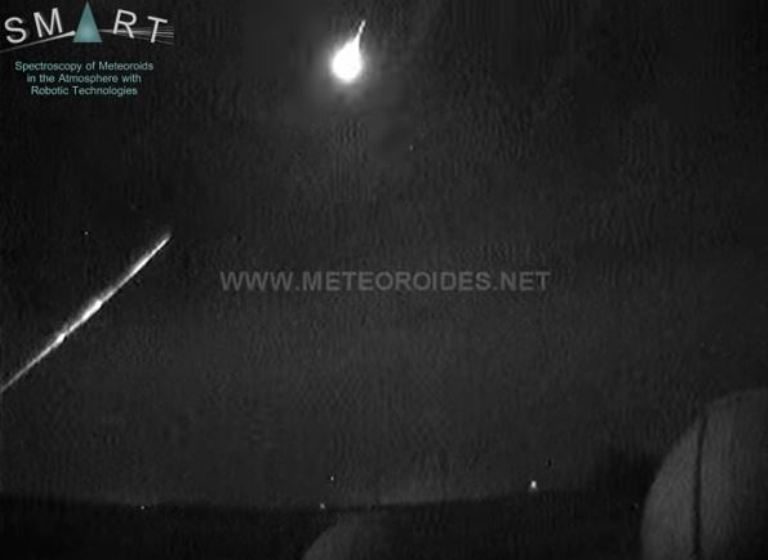
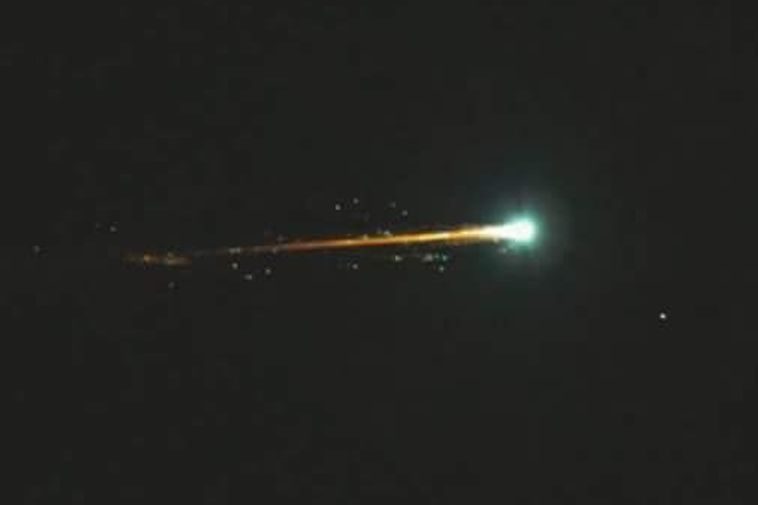
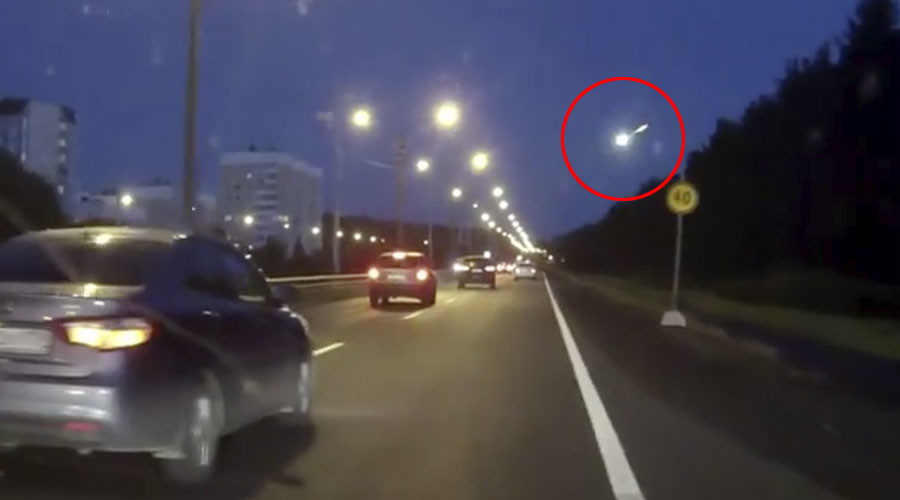
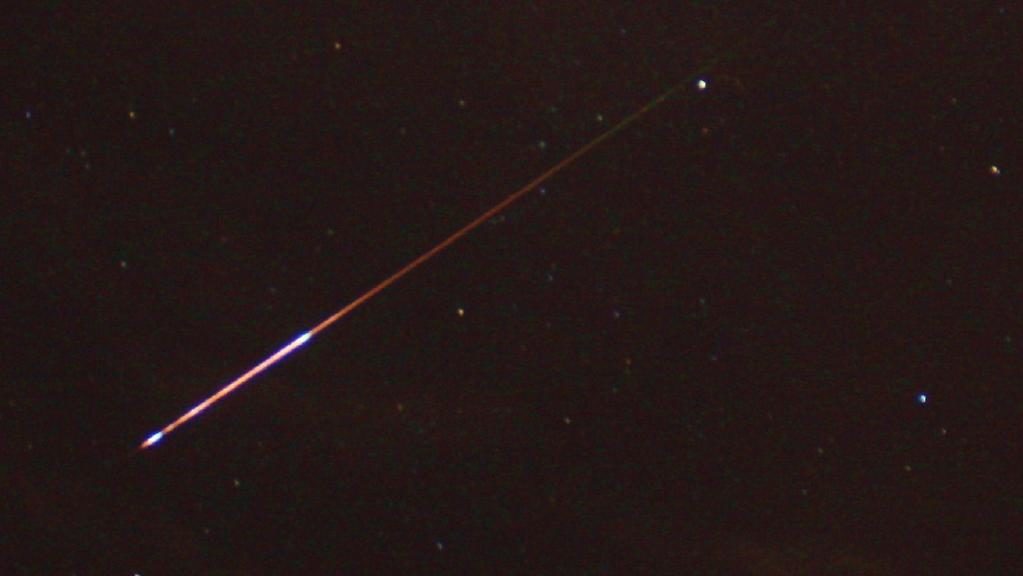
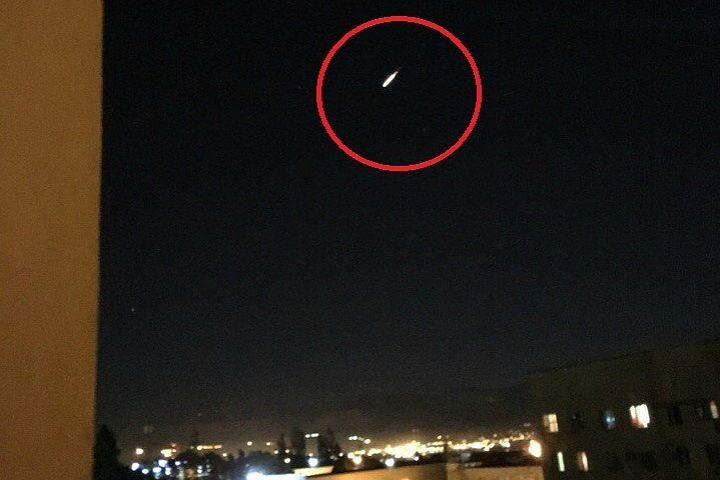

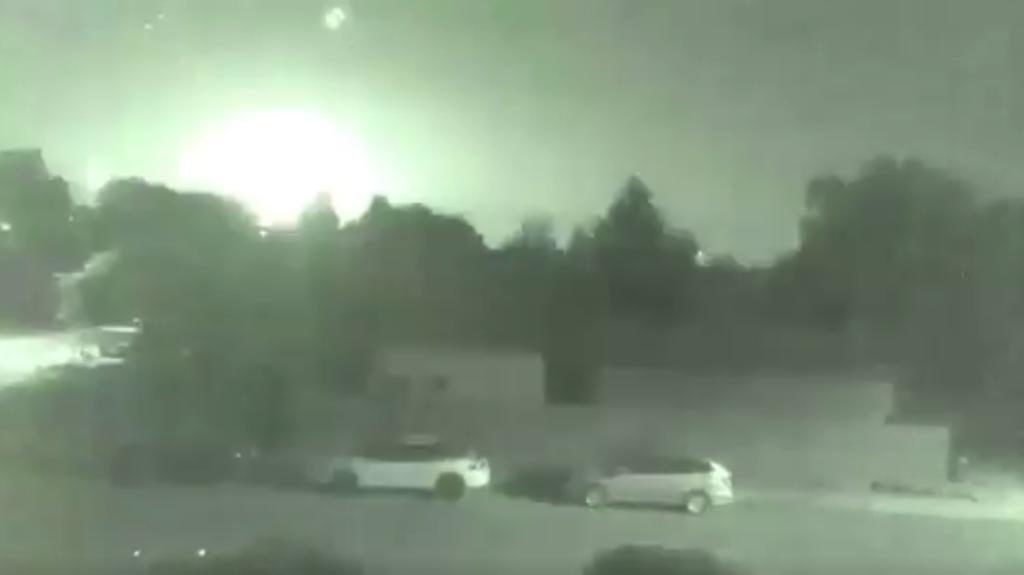

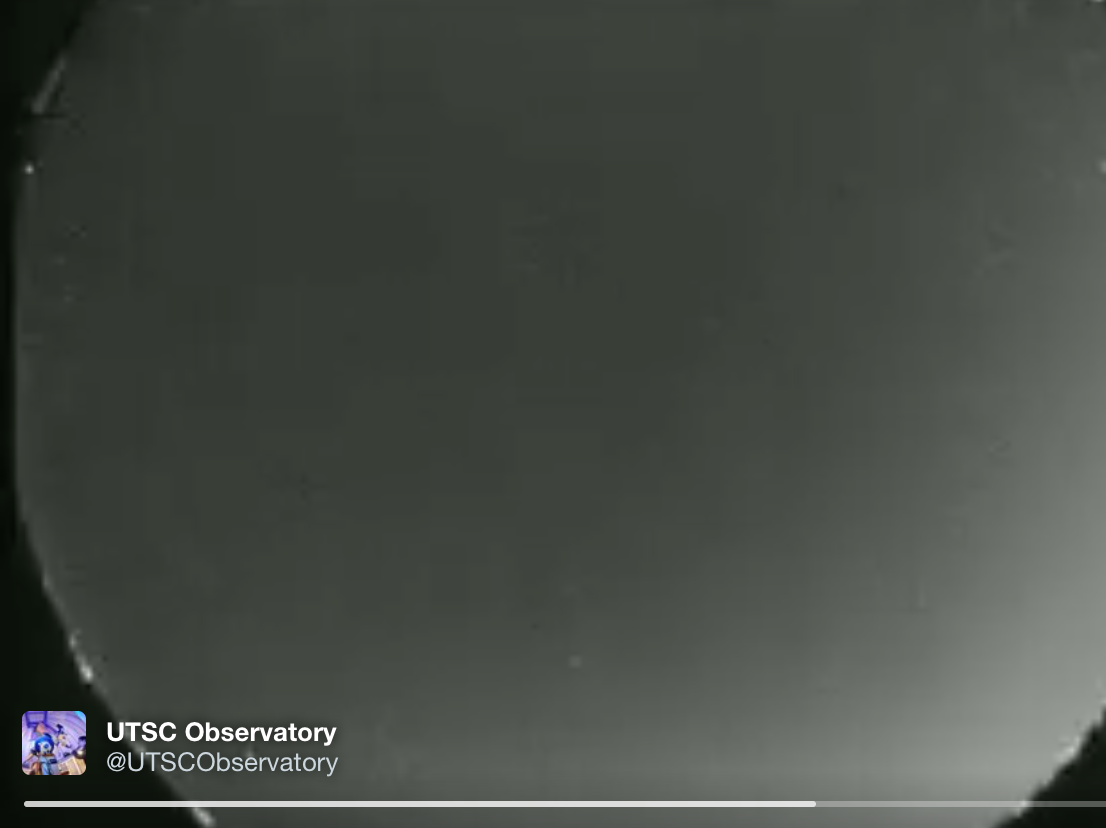
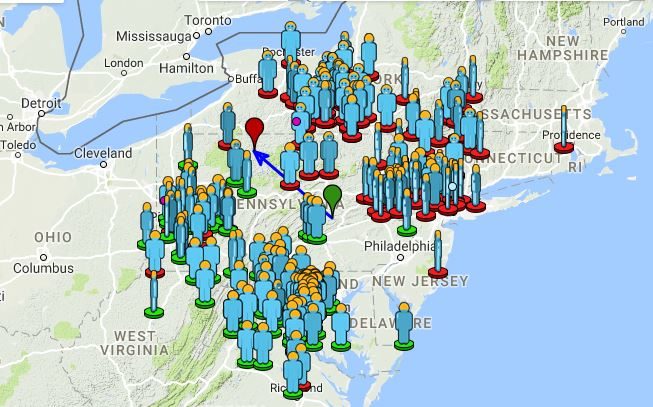



Comment: A few days ago an unidentified fireball was filmed over the city of Krasnodar in southern Russia.